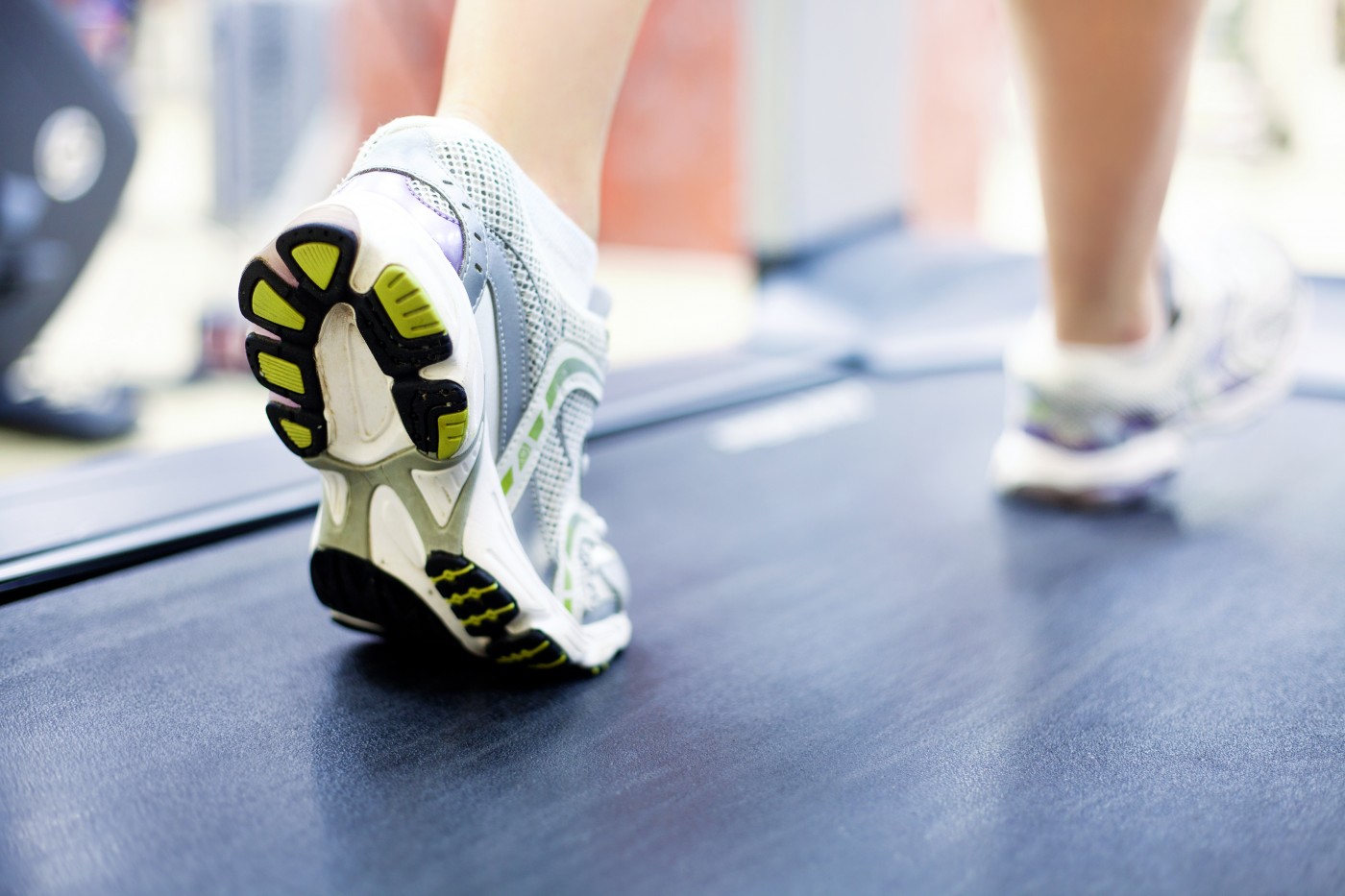Hemophilia Study Points to Benefits, Strategies to Encourage Physical Activity in Patients

Researchers at the University of Tokyo reviewed the status of physical activity among hemophilia patients to discuss strategies to encourage activity through a behavioral change approach by focusing on hemophilia-relevant factors such as benefits and bleeding risk, risk management of bleeding, physical activity characteristics, and difficulty in exercise adherence.
The study, “Strategies to encourage physical activity in patients with hemophilia to improve quality of life,” was published in the Journal of Blood Medicine last month. Miwa Goto, Hideyuki Takedani, Kazuhiko Yokota, and Nobuhiko Haga were the study’s authors.
According to the World Health Organization (WHO), physical inactivity (6 percent) is the fourth leading risk factor for mortality, following hypertension (13 percent), smoking (9 percent), and high blood glucose (6 percent).
Hemophilia is a bleeding condition caused by a genetic abnormality of blood coagulation. Hemophilia patients also suffer from more severe consequences — for example, obese hemophilic patients are at higher risk of cardiovascular disease and chronic arthropathy, which promotes intra-articular bleeding and risk of fracture.
Until the 1970s, hemophilia patients were advised against being physically active because there was a perceived risk of enhanced bleeding. This has added another risk factor for these patients: obesity.
Since then, physical activity has been recognized as a vital part of the health maintenance of nearly everyone, and is now officially recommended by the World Federation of Hemophilia. Besides, recent studies have shown that physical activity can actually help with treatment effectiveness and the prevention of bleeding.
But the importance of being physically active is not emphasized enough, and a behavior change approach to encourage patients is seen as increasingly important. For elderly hemophilia patients, not being physically active might increase their risk of diabetes, hypertension, hyperlipidemia, or osteoporosis, in addition to the hemophilia-related complications.
The article reviewed all the potential conditions for change of behaviors among hemophilia patients and how to raise awareness about the real benefits and risks of physical activity and found that education regarding hemostasis – a process that stops bleeding – was very important.
Also, building trusting relationships, promoting intrinsic motivation, improving self-efficacy, and the introduction of “transtheoretical model”-based approaches for behavior change all contributed as major factors to promote independent participation in physical activity.
The study concluded that even though many hemophilia patients find it difficult to be physically active due to age, fear of bleeding, insufficient recognition of the benefits, or psychological problems, prophylactic and replacement therapies before an exercise program were shown to be potentially beneficial.
In addition, benefits and risks should be carefully explained so that patients can plan individual approaches and improve their self-efficacy.
Furthermore, the authors advise that it is critical to prescribe individualized, tailored exercise regimens based on the evaluation of hemorrhagic tendency, bleeding history, prophylactic treatment, arthropathy, and physical function.






